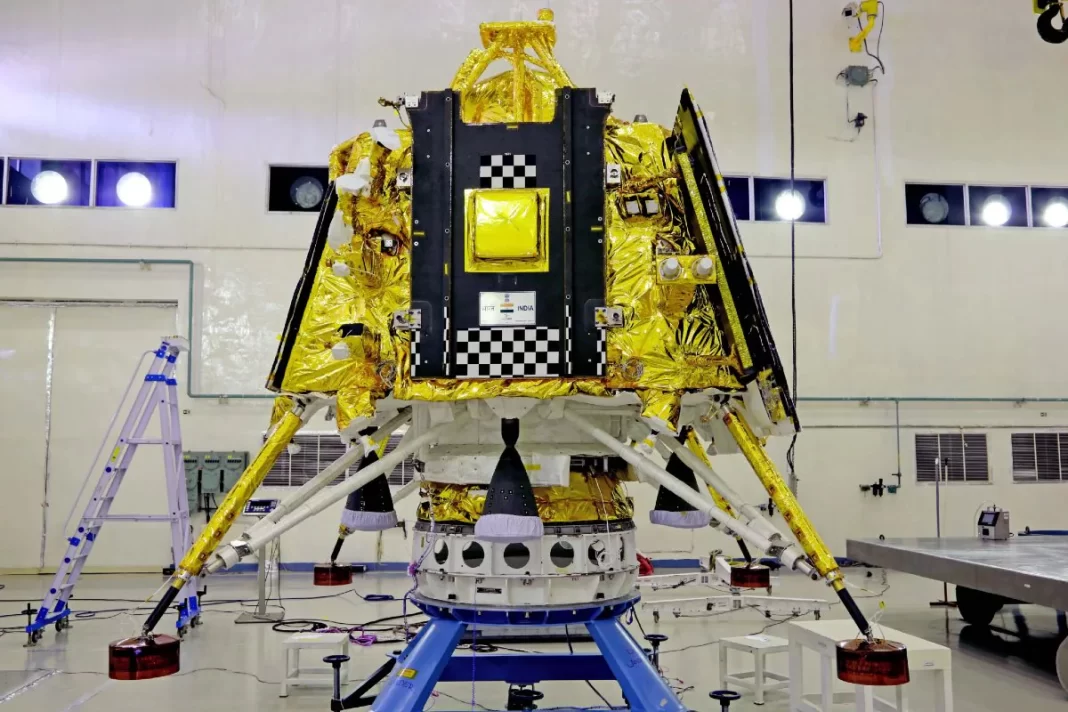It was August 1958 when the USA sent its first spacecraft to the moon, named Pioneer. Though it did not achieve its goals, it offered mankind hope that they might explore other satellites and planets besides our mother Earth. After several failed attempts by the United States and the Soviet Union, the USSR ultimately reached the moon’s surface with Luna-2 on September 12, 1959, becoming the first country to do so.
Finally, after several successful and unsuccessful attempts by both the United States and the Soviet Union, the United States became the first country to land a human person on the moon on July 16, 1969, with the Apollo-11 mission.
On October 22, 2008, India launched its first lunar mission, PSLV-C11, dubbed Chandrayan-1. It was an orbiter. The spacecraft was orbiting the Moon at a height of 100 kilometres above the lunar surface to map the Moon’s chemical, mineralogical, and photo-geologic composition. On August 29, 2009, we lost contact with Chandrayan-1, and the expedition came to an end. On August 14, 2019, India launched its second lunar mission, over 11 years after the first. This time, India intended to deploy the lander to the Moon’s south pole. Though the GSLV-MK-II successfully launched the spacecraft into orbit, nearly a kilometre above the lunar surface, the lander, Vikram, lost contact with the base station.
About Chandrayan-3 and How it will work?
Indians are gearing up to see another lunar expedition, Chandrayan-3, with optimism and renewed hope. Which will enter orbit on July 14, 2023. It costs 615 crore. It will be launched from Sriharikota’s Satish Dhawan Space Centre. “Science of the Moon” is the theme. There will be a lander and a rover in the shape of a rectangle. The lander has the ability to land in a specific area and deploy a rover. It will communicate with ISRO before separating and landing on the moon’s surface. The rover will be separated as well. The data collected by the rover will be transmitted to the lander, which will then transmit it to the Indian deep space network(IDNS). ISRO’s interplanetary spacecraft missions are supported by IDNS.
How it is different from the Chandrayan-2?
Though the goals of both missions are the same, Chandrayan-3 has been improved to make it more durable. The fuel-carrying capacity of the Chandrayan-3 is greater. Its landing legs are more powerful. It also includes larger solar panels with more sensors, allowing it to create more electricity. Some major software adjustments have been made to its algorithm, allowing it to land the schedule’s position and landing point at the last minute. All of these substantial modifications make Chandryan-3 more noteworthy and distinct. This spacecraft will also carry scientific equipment to collect data on the rock crust, moonquakes, surface plasma, and thermal physical parameters.
India’s space budget has increased dramatically in recent years. Their missions do as well. Gaganyan (ISRO’s first crewed mission to space), Aditya L-1 (India’s first mission around the sun), Chandrayan-4, Chandrayan-5, and other key missions are now underway. Despite the fact that many of our missions have failed, we are all ready to be eyewitnesses to India’s historic moment.

